After the rather short stop in Bilbao, we arrive in Santander. The city is known for its wide sandy beaches. So, it comes that Santander is a very popular seaside resort for tourists from home and abroad alike. In the high season, however, Spanish tourists are said to be in the majority. Of course, in December it is rather quiet on the beaches, but nevertheless there are some groups that meet for beach tennis or volleyball in the sand.
Official parking for motorhomes in Spain
In Santander we get the first time the benefit of an official RV parking, relatively centrally located. This is really convenient in Spain. For a limited time, you can park your camper or campervan for free on the given parking spaces. Directly in front of the van door is a beautiful park and there are even simple services for water and waste disposal. This makes us feel really welcome in Santander – other cities and other countries can take an example from this! In addition, one must also say that here in the city center parking is prohibited for larger cars than PWs almost everywhere. Everything over 5m length and/or 3.5t has it difficult to find a permitted parking space. In general, parking in Spain is quite a special affair. Somewhere we read that Spaniards are all parking anarchists and somehow it fits quite well. It can be parked everywhere, as long as the traffic still somehow comes through. Entrances and exits and handicapped accessible PP are always respected and clear prohibition signs as well. Otherwise, a car can be parked loosely also times to or a second parking line on the road be opened, as long as a lane is open, it’s a feasible parking place.
The official parking spaces for motorhomes in Spain are called Aparcamiento para Autocaravanas. These places are sometimes noted in the relevant apps for RV travelers, but not always. On many maps you can find them by using the search term above.
Playa del Sardinero
Playa del Sardinero is the largest beach in Santander and divided into two areas, very resourcefully named Primera Playa del Sardinero and Segunda Playa del Sardinereo. In summer it is really busy with food stalls, beach sports and sun worshippers, now in December there are comparatively few people on the beach.
The longing for the sea and just warm enough temperatures for a bath lure Paddy in December into the Atlantic tides. But there are still a few others who don’t let the cool – but not cold – temperatures stop them from swimming.
Palacio de la Magdalena
One of the sights we visit in Santander is the Palacio de la Magdalena. The palace was originally built for the Spanish royal family as a summer residence and the whole peninsula La Magdalena, on which the palace stands, is one big park and is now open to the public. In the park there is also a small enclosure with wild animals – penguins and seals. After this short zoological diversion, we continue our walk towards the city center.
Centro Botín
The Centro Botín art museum is a very striking building and was designed by architect Renzo Piano. It stands extremely out from the rest of the Santander skyline.
There is also a great feature: there is a viewing platform on the roof of the building which gives a different perspective of the adjacent bay near Santander and is accessible for free even without visiting the museum.
Los Raqueros
Los Raqueros is a monument that commemorates the orphans diving for coins. Originally, the term Los Raqueros comes from the English wreckers / ship wreckers and describes a precarious lifestyle lived by orphans in Santander in the 19th and 20th centuries. They dove for anything valuable that could be found in the harbor basin. Remains of sunken ships as well as lost objects or even coins thrown into the sea by pedestrians. The whole story was also recorded by a Cantabrian writer – Jose Maria – in his writings. These served as the basis for the creation of the sculptures by the local sculptor Jose Cobo. They are popular sculptures, and they capture a bygone era, which hopefully will not have to be experienced again in the future.
Santander itself is also quite spectacular. The city is built over several chains of hills which reach to the sea. Accordingly steep – up and down – is the way back to the van. On the way back to the parking lot near the Parque Atlántico de Las Llamas we discover a funny peculiarity. Just because the roads are very steep, there are public pedestrian conveyors up the hill. Escalators under the open sky – we haven’t seen anything like that yet! If you want to experience this for yourself, they are located, for example, in the Calle Río de la Pila.

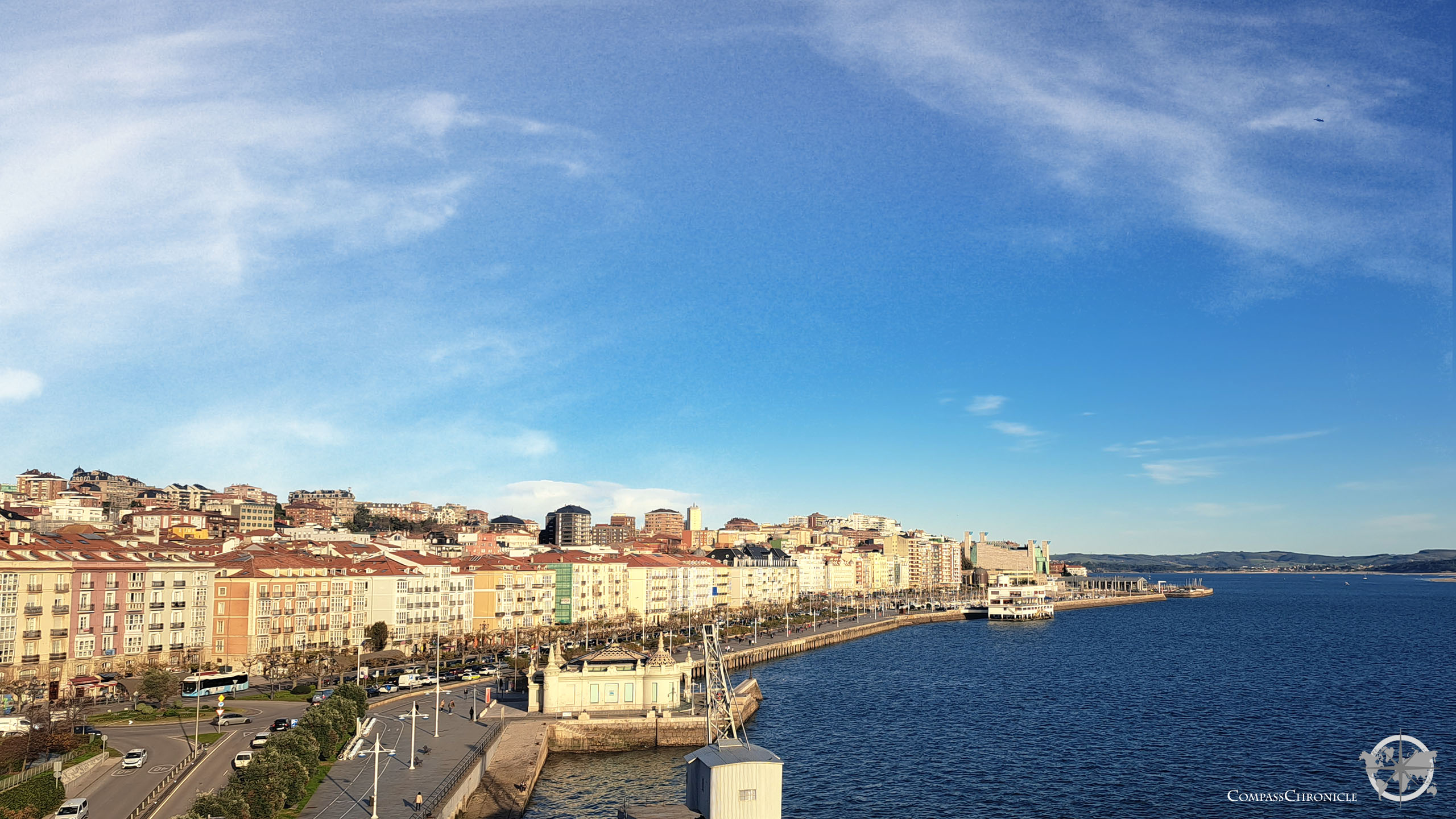
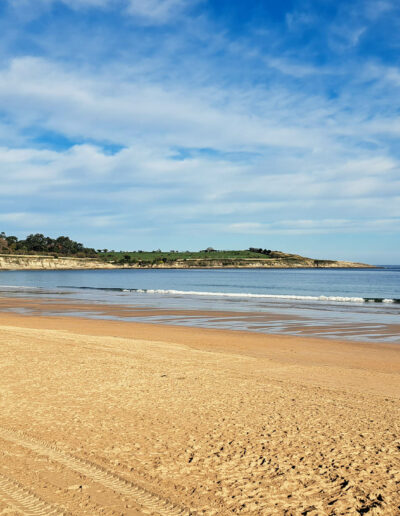








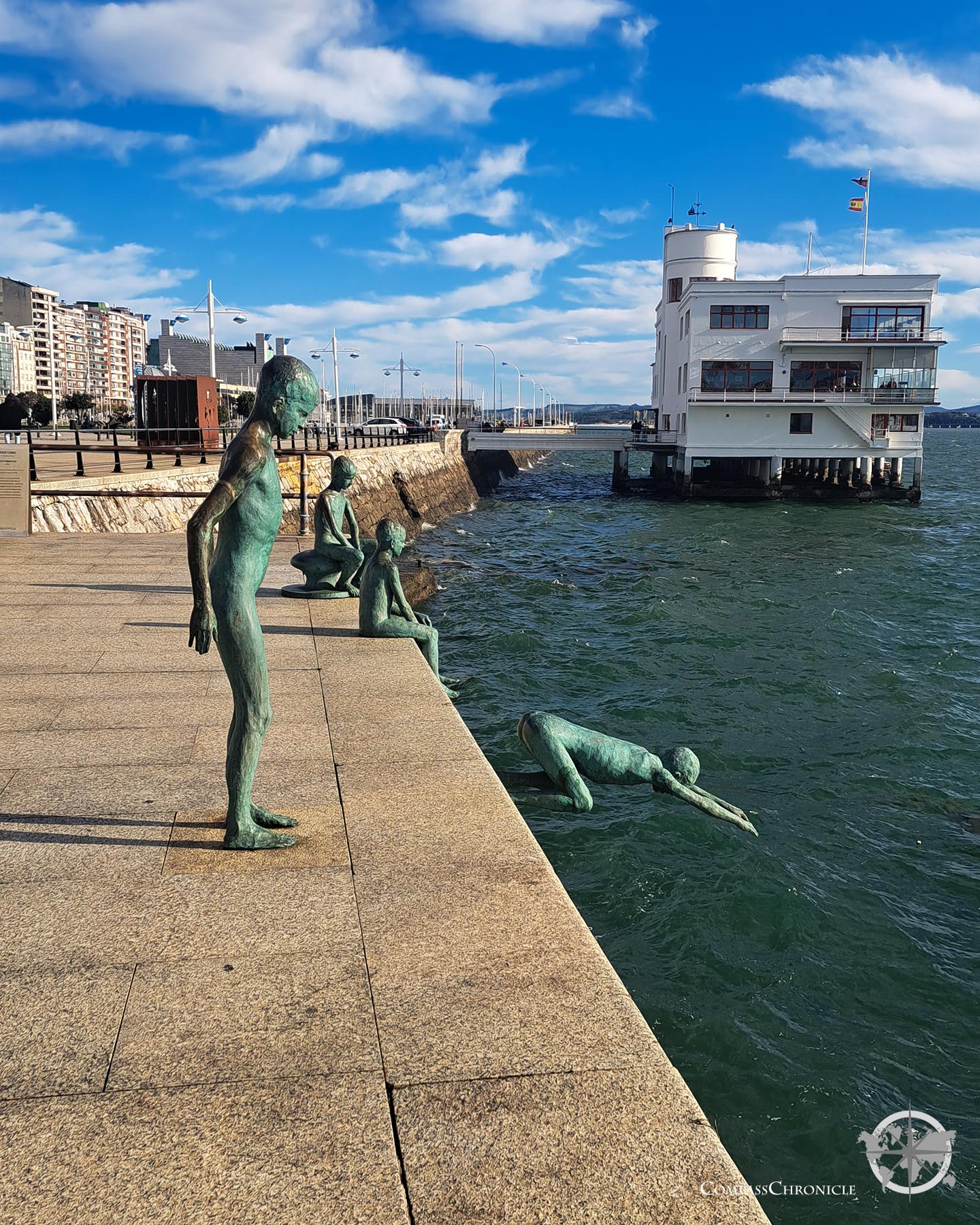
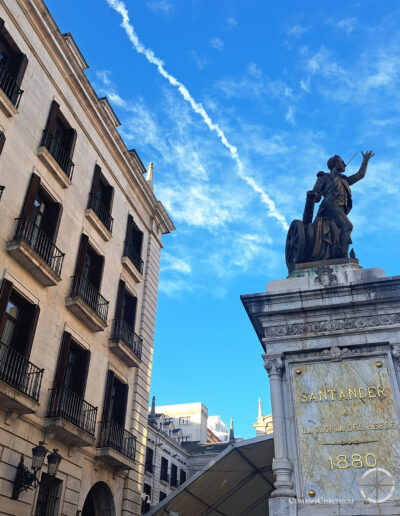

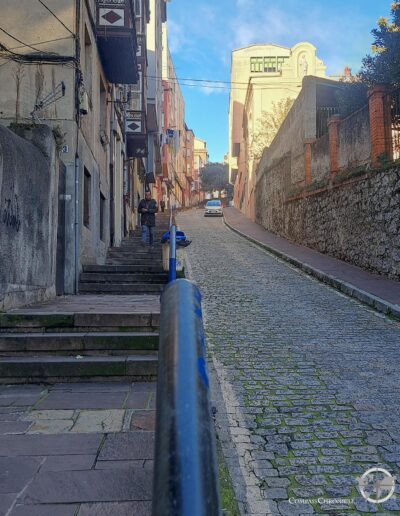
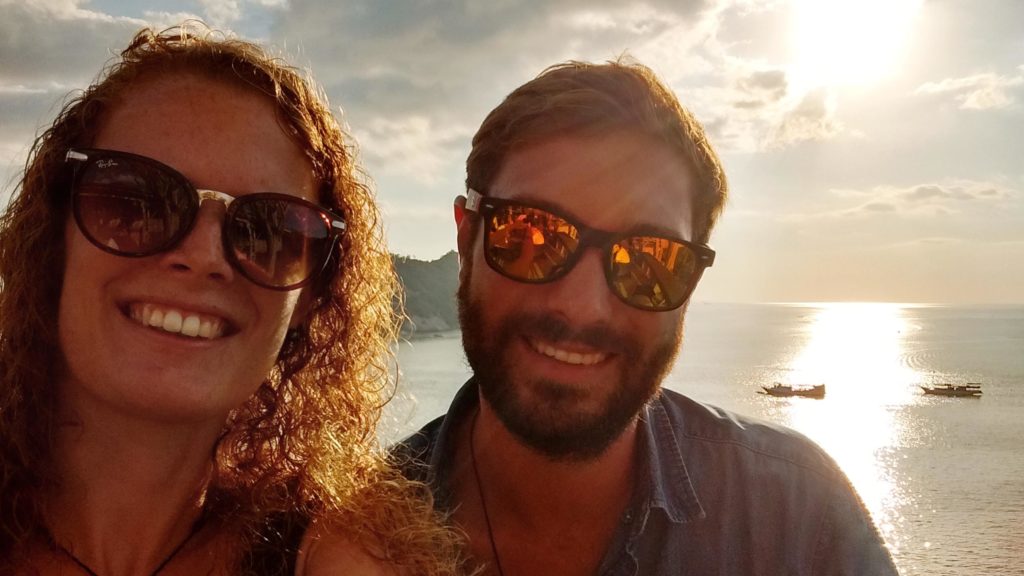
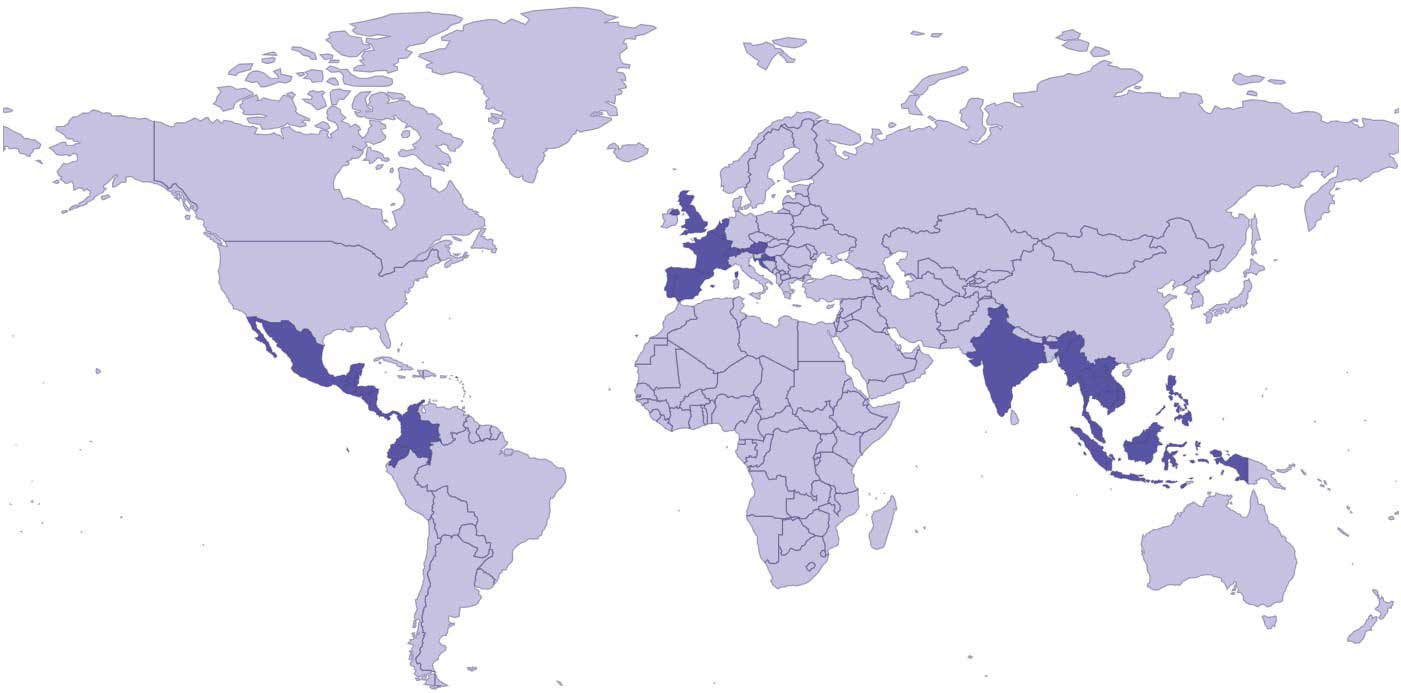
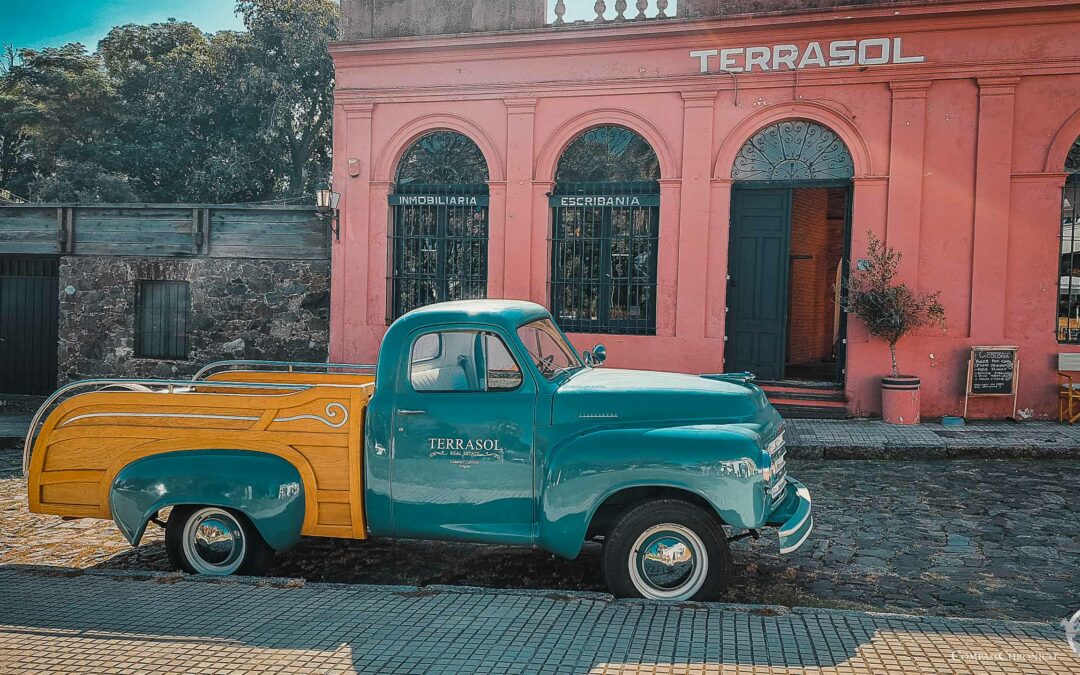
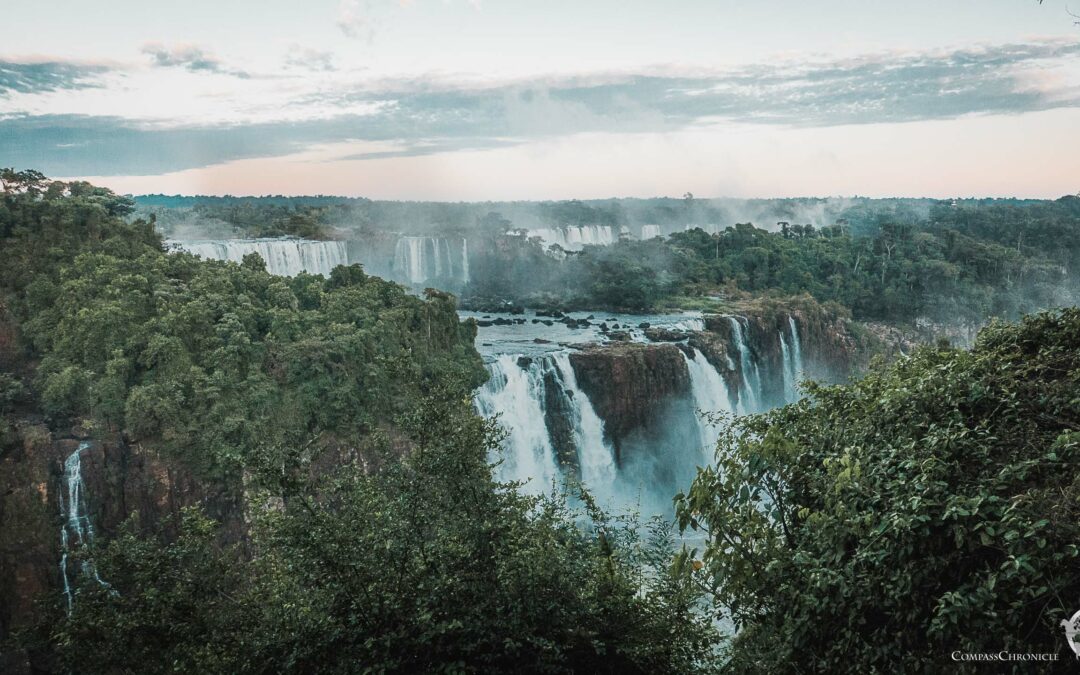

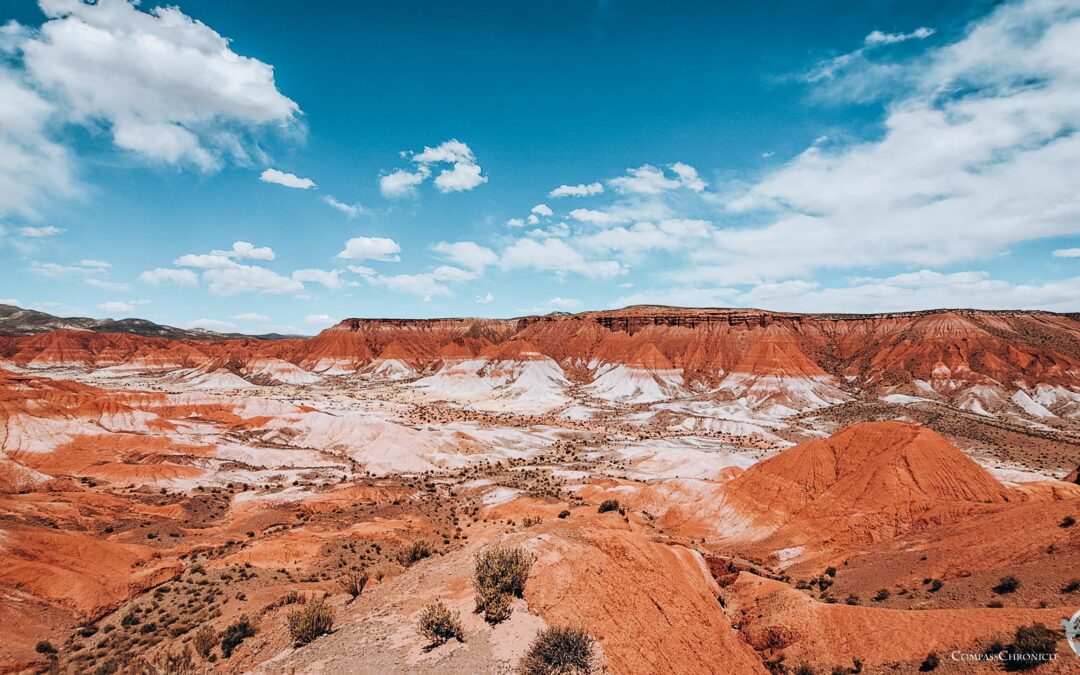
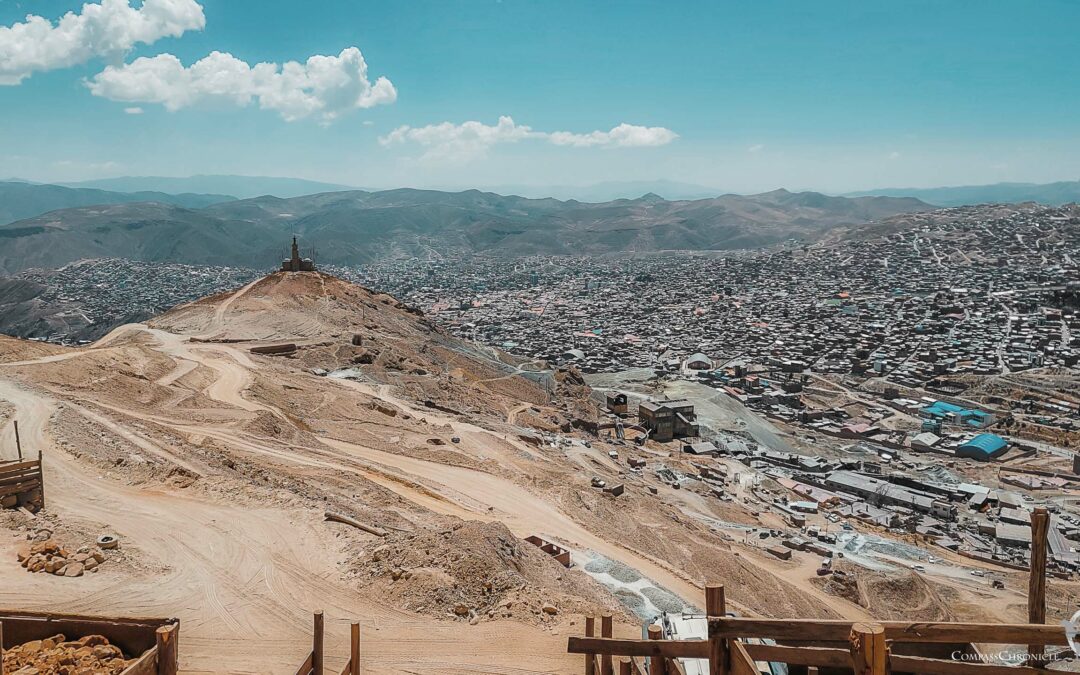

0 Comments